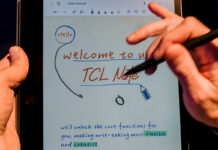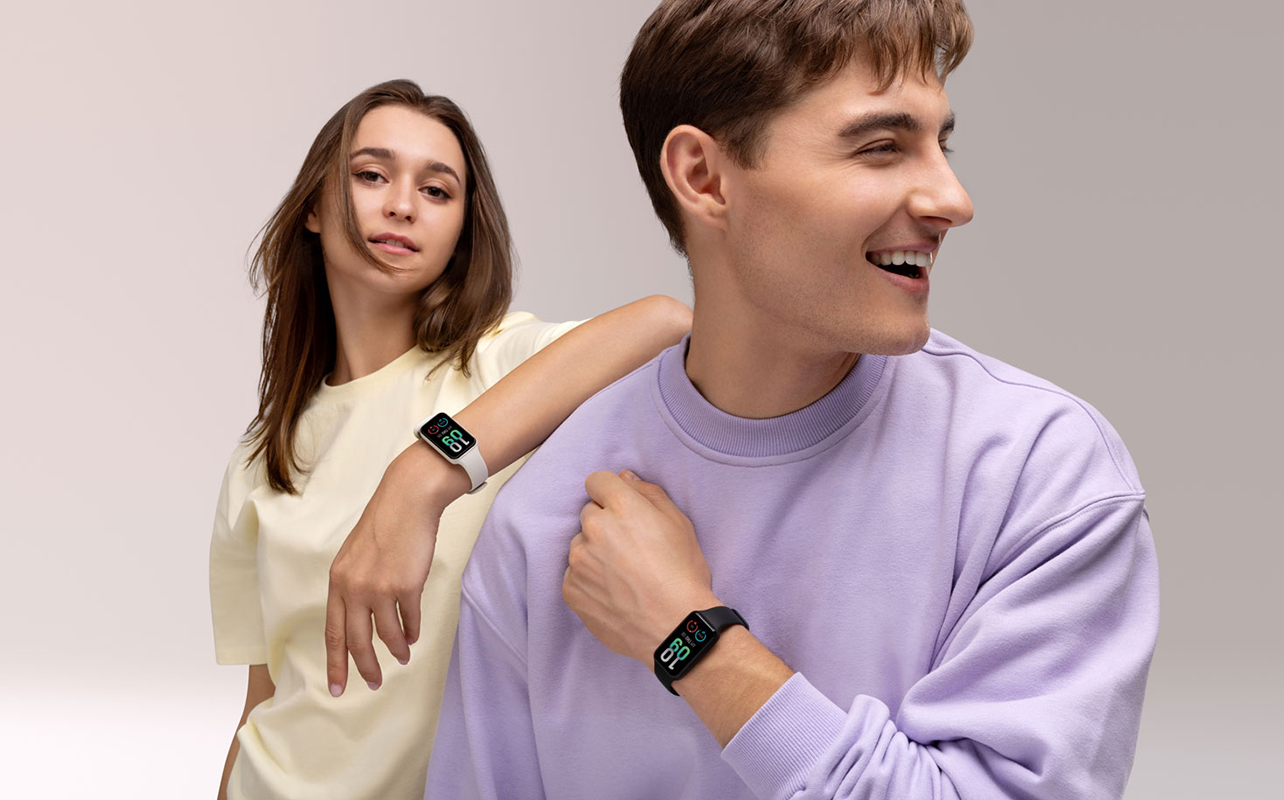
Imagine you’re getting ready for a new school year and you want a gadget on your wrist that does more than just tell time. That’s where the big question comes in – smartwatch vs fitness band for school which one really fits your daily routine? Both look kind of similar at first glance, but they’re designed with different purposes in mind. If you’re curious about current deals before you dive into details, you can check out smartwatches on sale at Best Buy Canada.
A smartwatch is like a mini smartphone on your wrist. It can run apps, show messages, take calls, track your workouts, and even make contactless payments. A fitness band however (or tracker) is lighter, cheaper, and built mainly for health tracking steps, heart rate, sleep without all the extras. For students, choosing between the two isn’t just about tech specs. It’s about budget, battery life, staying focused in class, and even following school rules. This guide breaks down what each does best, what trade-offs you’ll make, and how to decide which fits your academic life.
Why students should have a wrist checklist

When you’re a student, your wearable needs to fit your schedule, your school’s rules, and your lifestyle. Creating a checklist helps you compare smartwatch vs fitness band for school features side by side — things like budget, battery, and durability all matter when you’re in class all day.
Budget realities and student deals
For many students weighing the choice of smartwatch vs fitness tracker, budget becomes the first deciding factor. Most fitness bands cost far less than smartwatches, sometimes a quarter of the price. That matters if you’re saving for textbooks or sports fees. You can also stretch your budget by checking open-box or refurbished models.
Battery life that lasts the week
When comparing a smart watch with long battery life against a lightweight fitness band, students often find the charging schedule is just as important as features. If you don’t want to be charging every night, a fitness band usually wins. Many last 7–10 days on one charge, while smartwatches average 1–3 days. That said, some watches now offer quick charging enough for a full day’s use in under an hour.
Distraction control in class
Smartwatches can buzz and flash with every message or social media update, fun outside school but distracting in lessons. Features like School time or Focus mode can help you silence everything until the bell rings. Fitness bands, with limited notifications, naturally keep distractions to a minimum.
Durability for active days
From rainy walks to accidental bumps, your device should handle daily wear. Look for water resistance (5 ATM or more) and strong screens like Gorilla Glass. Fitness bands tend to be smaller and less likely to snag or scratch, while some smartwatches offer tougher “sport” editions.
Safety and SOS features
If being reachable without a phone is important, LTE smartwatches can make calls or send emergency alerts on their own. Fitness bands depend on your phone being nearby.
Ecosystem lock-in
If you use an iPhone, the Apple Watch works seamlessly; Android phones pair best with Samsung Galaxy or Wear OS watches. Fitness bands are more flexible and often work across both platforms.
Feature showdown: Smartwatch vs Fitness band for school
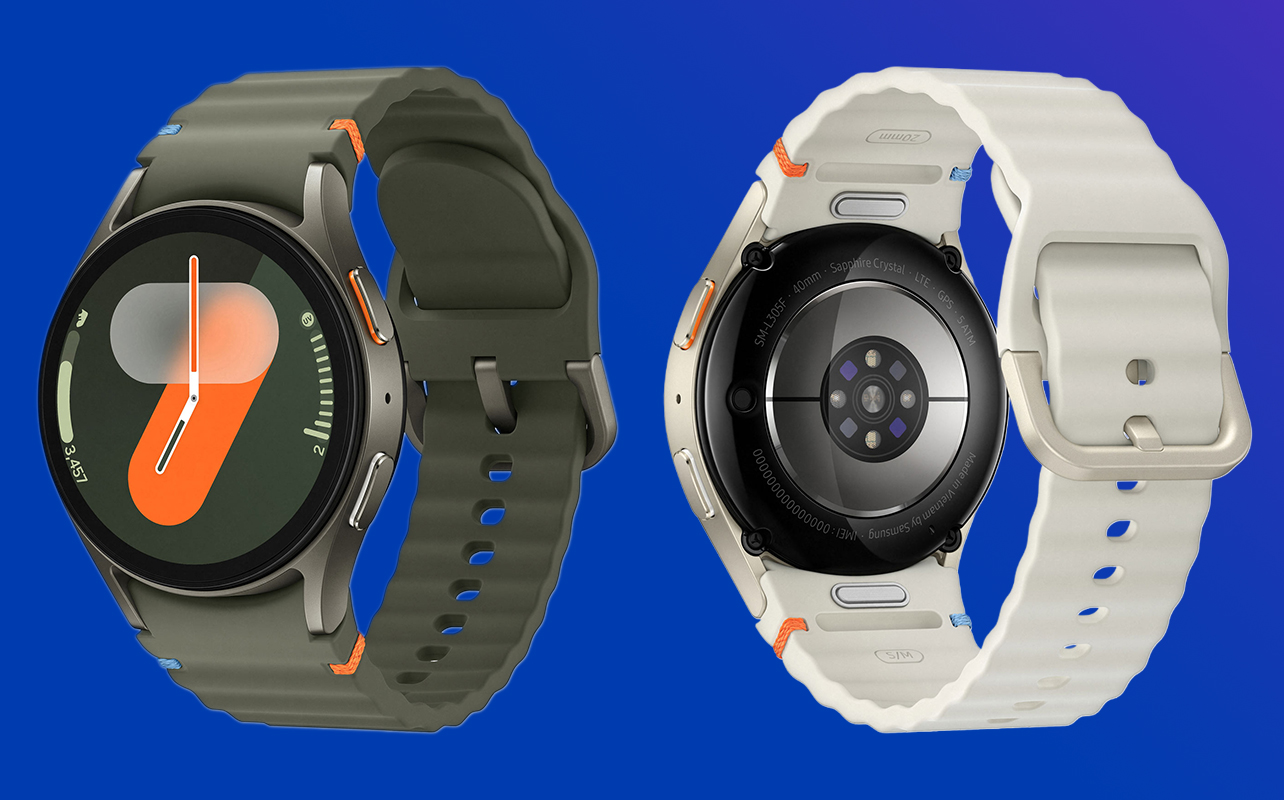
Here’s a quick at-a-glance look at smartwatch vs fitness band for school features to see which one matches your needs:
| Feature | Smartwatch | Fitness band |
| Display | Large, bright, touch-enabled; custom faces; can be heavy | Small, minimalist; lighter and slimmer |
| Battery life | 1–3 days typical, quick charge options | 7–14 days typical |
| Weight | 30–60+ grams | 15–30 grams |
| Sensors | Heart rate, SpO₂, GPS, ECG, fall detection, more | Heart rate, basic sleep tracking, some add SpO₂ |
| Smart features | Apps, calls, texts, payments, GPS, music | Basic notifications, fitness tracking |
| Distraction level | High – unless managed with focus modes | Low – few alerts, no apps |
| Price range (CAD) | $200–$500+ (less with deals) | $50–$150 |
Where smartwatches shine in school life

When it comes to smartwatch vs fitness band for school, smartwatches shine by acting like a personal assistant on your wrist blending convenience, productivity, and safety into one device. Beyond just telling time, they can fit seamlessly into a student’s day from the morning bus ride to late-night study sessions.
Silent notifications that work in your favour
Instead of a phone buzzing in your pocket or lighting up on your desk, a smartwatch can nudge you discreetly when it’s time to switch classes, join a study group, or submit homework. You can customise these alerts so you’re only interrupted for truly important things, like a message from a parent or a reminder about your club meeting, keeping you informed without creating chaos in class.
On-the-spot apps and payments
Need to double-check your timetable? Pull up your calendar app on your wrist between periods. Forgot cash for lunch? Just tap your watch at the cafeteria till and walk away with your meal. You can also jot quick voice memos for project ideas or use translation apps for language class.
Focus and Schooltime modes to keep you disciplined
Distractions can be the enemy of good grades. Features like Apple’s Schooltime or Samsung’s Focus Mode turn your smartwatch into a minimalist tool during lessons, showing only the time or essential notifications until the school day ends. If you’re shopping for a younger student, a smartwatch for teens often includes these focus features right out of the box.
Safety, connectivity, and independence
For students who walk or commute alone, LTE-enabled models act as a lifeline. Options like LTE smartwatches give you phone-free calling and texting directly from your wrist. Built-in GPS can help parents track their child’s route, and SOS/fall detection can alert contacts or emergency services if needed, even without a phone in reach. This can be reassuring for parents of younger high schoolers or those with busy after-school schedules.
Bonus for extracurriculars
Whether you’re on the cross-country team, in marching band, or part of the debate club, a smartwatch can track your performance metrics, record practice times, and even help coordinate group meet-ups with quick messages.
Smartwatch suggestions to check out
- Apple Watch SE 2 – Best for iPhone users, offering seamless integration and strong safety tools without the flagship price tag.
- Samsung Galaxy Watch FE – A solid Android pick with LTE options for phone-free independence.
- Garmin Venu Sq 2 – Perfect for sports-heavy schedules thanks to its long battery life and accurate fitness tracking.
When a fitness band is the smarter choice
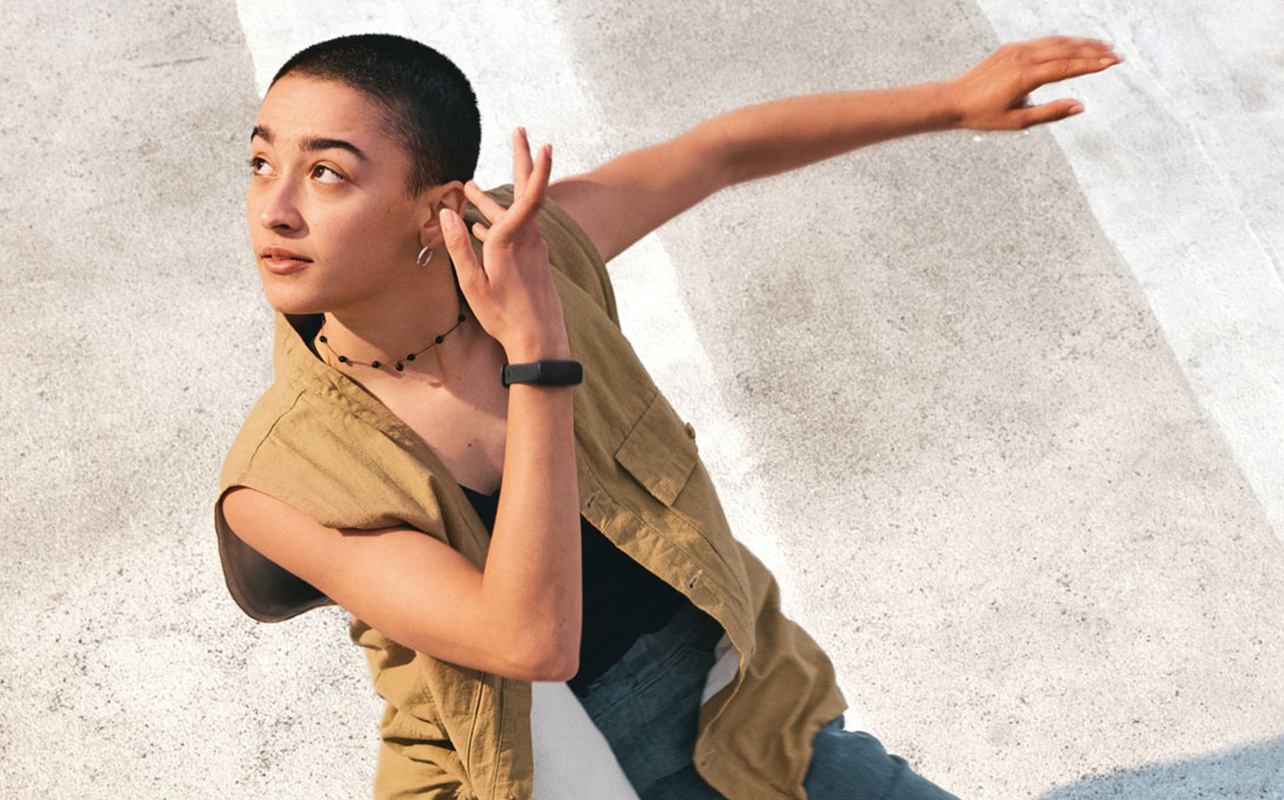
Fitness bands keep things streamlined, focusing on wellness and simplicity while being far easier on the budget. They’re the “less is more” option for students who want healthy habits without tech overwhelm.
Feather-light comfort for all-day wear
Because fitness bands are slimmer and lighter than most watches, they’re more comfortable during PE, sports, or even while sleeping. You might forget you’re wearing one until it vibrates to remind you to move.
Battery that outlasts your school week
With one charge lasting 7–14 days, you can keep your fitness band on through classes, practices, and weekends away without worrying about bringing a charger. That’s especially handy for boarding school students or those who travel for sports tournaments.
Core health tracking without the clutter
From steps and heart rate to sleep quality, fitness bands cover the essentials. Many are water-resistant enough for swim class, so you can wear them in the pool without fear. Some newer models also add stress tracking, which is great for keeping an eye on wellbeing during exam season.
Focus by default
With no app store or constant notifications, a fitness band naturally reduces the temptation to scroll or check messages in class. You can still get a discreet buzz for calls or texts (if you set it up), but the experience is designed to keep your attention where it matters.
Budget-friendly peace of mind
Losing or breaking a $90 tracker stings far less than a $400 watch. This makes them a safe choice for younger students or anyone worried about wear and tear in an active school environment. That said, you can also find affordable smart watches that offer more functionality than a band without reaching flagship-level prices.
Fitness band picks to check out
- Fitbit Inspire 3 – Under $150, dependable health metrics, and a 10-day battery life.
- Amazfit Band 9 – An endurance champ with roughly two weeks of use per charge.
- Xiaomi Smart Band 9 Pro – A budget-friendly tracker with a larger display and built-in GPS for runners.
Spec-by-spec deep dive: smartwatch vs fitness tracker differences
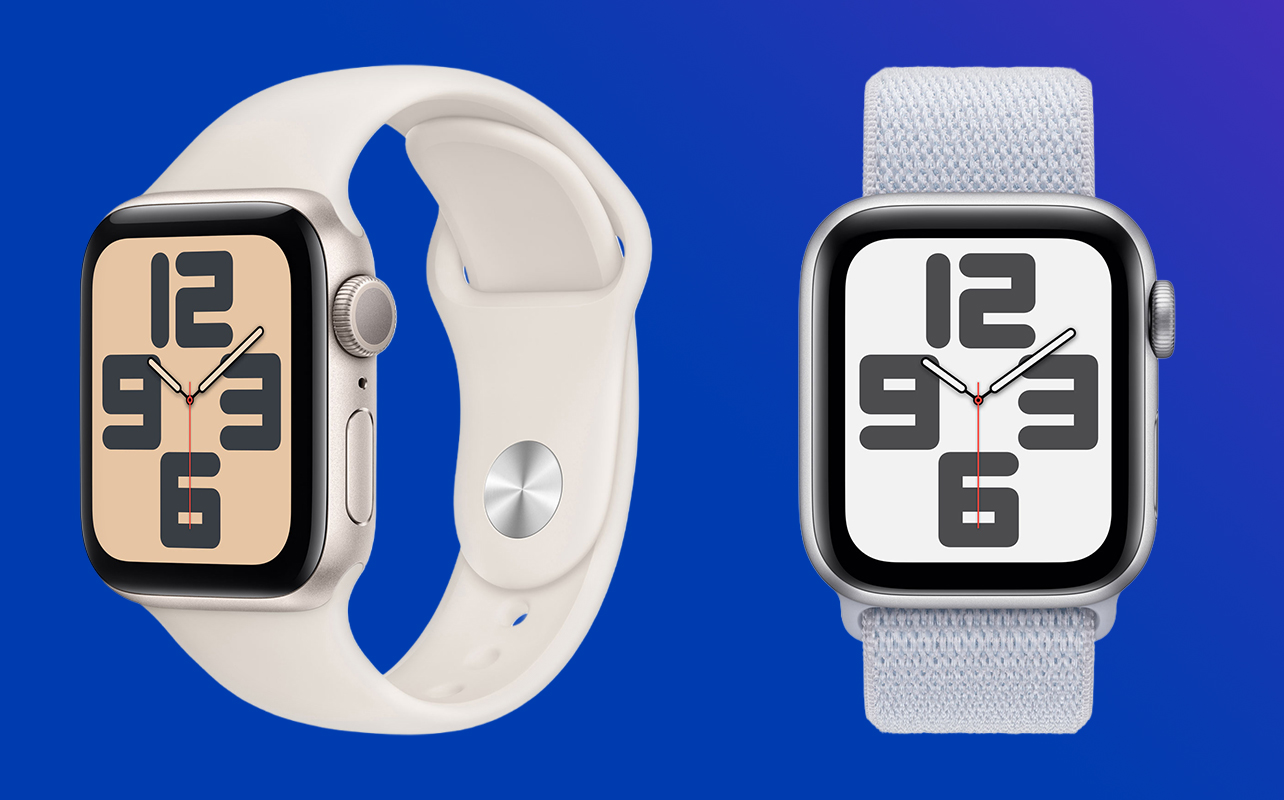
Display and controls
Smartwatches typically have large, high-resolution touchscreens often AMOLED or Retina that make it easy to read text messages, check your timetable, or glance at a weather update between classes. The bigger display means more room for custom watch faces, interactive widgets, and even small animations, which can be fun for personalisation. Some models use rotating bezels, crowns, or side buttons for easier navigation — useful if you’re wearing gloves in winter or running between classes.
Fitness bands, on the other hand, prioritise simplicity. They usually have smaller, rectangular or pill-shaped displays to save battery and keep the form factor slim. The reduced screen real estate means less visual clutter and fewer distractions — perfect if you just want to check the time or your step count without getting drawn into apps.
Sensors and health metrics
Modern smartwatches are packed with advanced sensors, ECG for heart rhythm, SpO₂ for blood oxygen, GPS for tracking your running route without a phone, temperature sensors, and even fall detection for safety. These features are great for active students or those in sports teams who want detailed performance data. Some also have menstrual cycle tracking and stress monitoring to help manage wellbeing during exam periods.
Fitness bands focus on the core metrics, continuous heart rate monitoring, step count, calories burned, and sleep tracking. While they don’t typically offer ECG or high-end GPS, some newer models do include blood oxygen measurement and stress tracking, enough for casual fitness and daily health habits.
Battery and charging
Battery life is one of the biggest differences. Fitness bands can often last a week or more on a single charge, which means you can wear them all week through classes, workouts, and sleep tracking without worrying about charging. They’re perfect for busy students or anyone who forgets to plug in devices.
Smartwatches, with their brighter screens and more powerful processors, usually last 1–3 days. Still, a smart watch with long battery life can stretch further, giving you multi-day use without needing a nightly recharge. Many now have fast-charging features a quick 30–45 minutes on the charger can get you enough battery for the rest of the day. This is handy if you can top up during lunch or while getting ready in the morning.
App ecosystem and updates
Smartwatches give you access to full app stores like Apple’s App Store, Google Play for Wear OS, or brand-specific marketplaces. You can download study tools, translation apps for language class, meditation guides, and even flashcard apps for quick revision between lectures. They also receive OS and security updates for several years, ensuring your device stays functional and secure.
Fitness bands are tied to their manufacturer’s app like Fitbit’s or Amazfit’s companion apps, which consolidate your health and activity data. You won’t get extra apps, but you also won’t have to manage or update them regularly, keeping the experience simple.
Price and extras
Price is a major deciding factor for students. Fitness bands often start around $50–$100, making them an easy entry point. Smartwatches start closer to $200–$300 for mid-range models and can go beyond $500 for premium options.
Extras can add up: spare straps for style changes, screen protectors to guard against scratches, and monthly cellular plan fees if you choose an LTE smartwatch. With fitness bands, accessories are cheaper and there are no ongoing service costs.
Student profiles and best picks
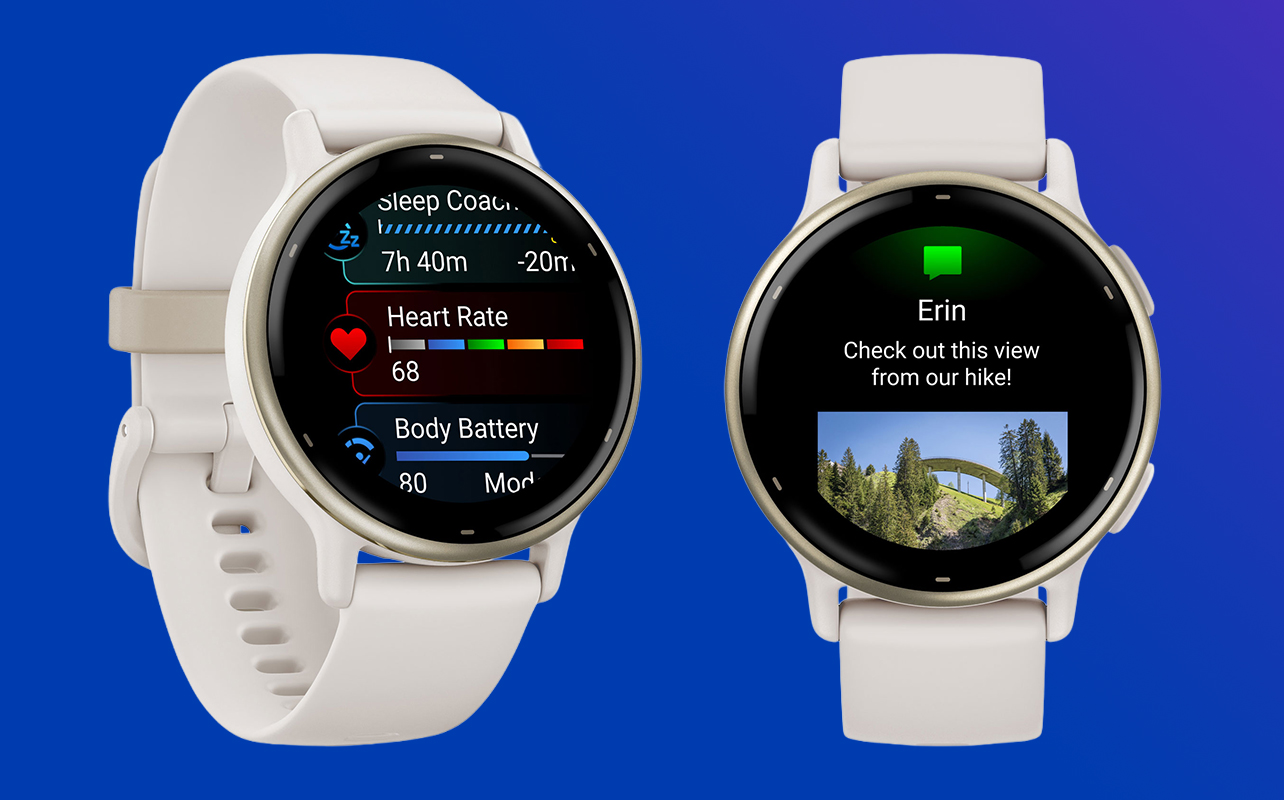
- Budget-conscious freshman – You’re juggling tuition, school supplies, and maybe your first taste of independent budgeting. The Fitbit Inspire 3 gives you long battery life, reliable health tracking, and a friendly price under $150, perfect for building healthy habits without financial stress.
- Multitasking iPhone user – You want seamless integration with your iPhone, the ability to manage your calendar and reminders, and tools to keep you focused. The Apple Watch SE 2 offers all of that plus safety features like SOS and fall detection. Great for students balancing academics, part-time work, and extracurriculars.
- Android athlete – You spend as much time in sports gear as in class clothes. The Samsung Galaxy Watch FE (LTE) lets you leave your phone in the locker during workouts, tracks detailed fitness metrics, and keeps you connected if you need to make a quick call after practice.
Smart ways to save as a student
Trade-in old devices for credit
If you’ve got an older smartwatch, fitness tracker, or even a smartphone gathering dust, Best Buy Canada’s Trade-In Program can turn it into store credit toward your next wearable. This is a great way to offset the cost of an upgrade while keeping your tech cycle sustainable. Even if the device isn’t worth much on its own, every bit helps especially when paired with seasonal promotions.
Look for open-box or refurbished models
Students often worry about budget, and this is where Best Buy Canada’s Open-Box and Geek Squad Certified Refurbished options shine. Open-box usually means a device was returned within the return window, inspected, and confirmed to work like new often at a lower price. Refurbished models are tested and restored by professionals and usually come with a warranty, giving you peace of mind while saving you money. For a student, it’s a smart way to stretch a limited budget without sacrificing quality.
Use BYOD LTE plans for flexibility
If you’re interested in an LTE-enabled smartwatch for phone-free safety or convenience, you don’t always have to buy through a carrier. Best Buy Canada sells unlocked LTE watches that you can bring to your carrier under a Bring Your Own Device (BYOD) plan. This lowers activation costs, avoids contracts, and gives you more flexibility to shop around for the best monthly rate—an advantage for students who need connectivity but also want to control ongoing expenses.
FAQs
Can I wear a smartwatch in class?
Yes, but use Focus or Schooltime modes to prevent notifications from becoming a distraction. Some schools have rules about device use, so check your policy.
Will a fitness band track PE activities accurately?
For most activities yes. It’ll log steps, heart rate, and laps. GPS accuracy may be lower than a smartwatch’s if the band doesn’t have built-in GPS.
Is LTE worth it?
Only if you need to make calls or send messages without a phone—like for safety or sports. Otherwise, Bluetooth models are fine.
Do fitness bands work with iPhones?
Most do, but some advanced features (like quick replies to texts) might be Android-only.
Are refurbished wearables safe?
Yes, if you buy from a certified source and check warranty and battery health guarantees.
The final bell: making your choice
Just like the first week back to school, when your schedule feels like a puzzle of classes, friends, and responsibilities, choosing between a smartwatch vs fitness band for school is really about finding what fits naturally into your day. At the start of this guide, we talked about buzzing lecture alerts, PE laps, and looming deadlines. Now, hopefully, you can see how each type of wearable slots into that picture: the smartwatch as the multitasker’s sidekick, and the fitness band as the quiet motivator that simply gets the job done.
Whichever path you lean toward, the value isn’t just in the tech specs. It’s in the peace of mind when your wrist nudges you about an assignment, or the small boost of confidence you get from closing your activity rings after a long study day. And if you’re ready to explore the models we mentioned or find a deal that makes the decision even easier you can check here at Best Buy Canada.



